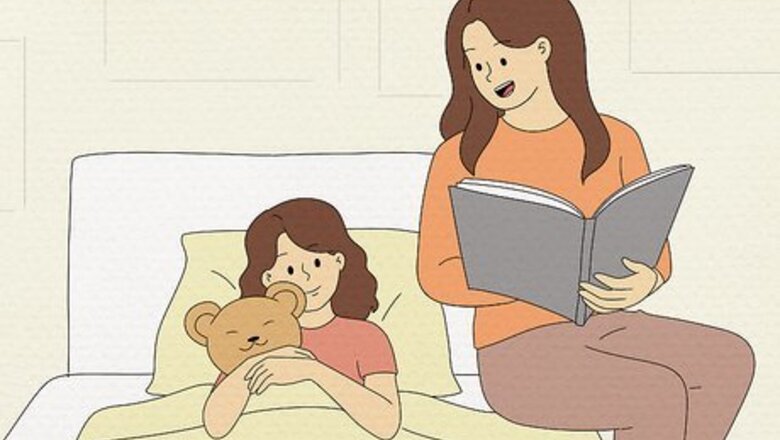
views
- Start by reading to your child daily using an energetic tone, and ask questions so you know they’re involved in the story.
- Teach them the alphabet and the sounds associated with those letters; if your child needs help, sound out words for them.
- Ease your child into a book by reading aloud first, then asking them to read to you.
Creating a Reading Environment
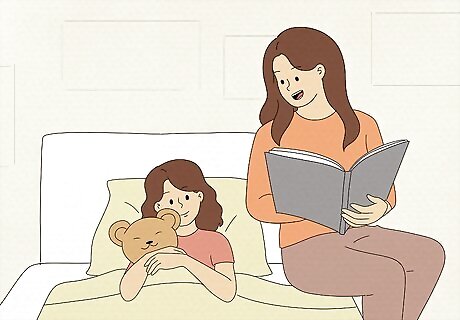
Read to the child. Make reading part of the routine every day. It is never too early to start reading to a child. Reading to infants has even been shown to lead to early brain development and improves language, literacy and social skills.
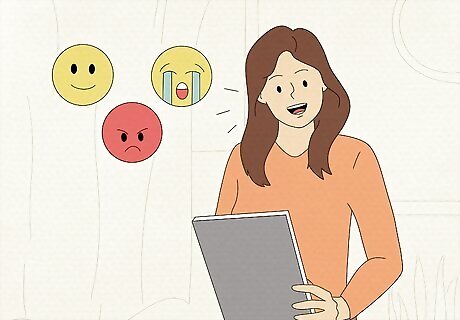
Use an energetic tone. An engaging storyteller will help to keep the child interested in the book. Even if the child is too young to understand the story, your voice can express happiness, sadness, anger, or many other emotions that will give the child some context to go with the pictures.
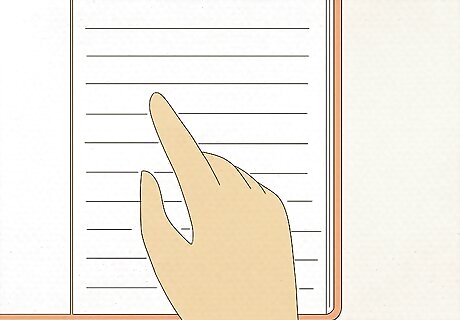
Point to each word as you read. Make sure the child is able to see your finger pointing to each word as you say it. Even if it does not seem like he understands the words, he will begin to realize that the squiggly lines on the page are related to the words that are spoken. You don't have to just stick to the story. You can pause and use rich vocabulary to describe the pictures, or voices to describe the character. This will help stimulate the child's imagination, too.
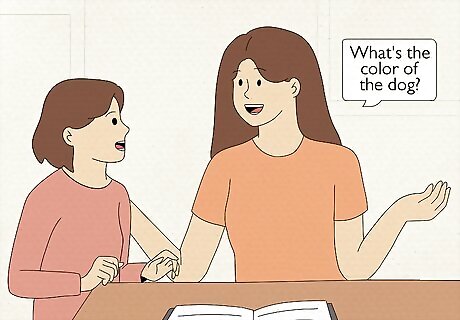
Ask the child questions about the story. Pause while reading to get the child involved in the story. Keep the questions simple. For example, if there is a dog in the story, you can ask the child what color it is. This will help the child to learn to process the story better and lead to better reading comprehension.
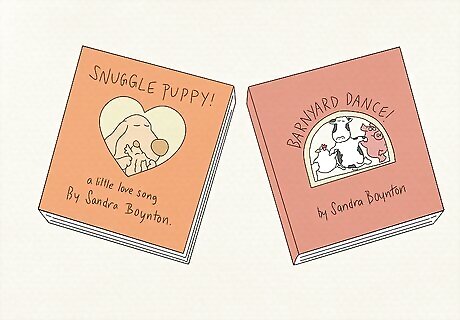
Give him some books. In order to teach the child to read, having plenty of books to explore will help to spark an interest in reading. Board books and cloth books are great for infants and toddlers. These books will hold up better than paperback or hardcover copies, and the thicker pages make it easier for children to turn the pages. As the child gets a bit older, focus on rhyming books like Dr. Seuss or books that have songs like "Barnyard Dance" or "Snuggle Puppy" by Sandra Boynton. Get a library card. Take the child on regular visits to your local library. Go to the children's section and let the child pick the book he wants to read. Once a week on a set date (Friday after school for example) is also a good way to get into a structured routine. It's alright if he is a bit too old for the book or has already read it. When he is a bit older, let him check out the book at the front desk, but always under your supervision.
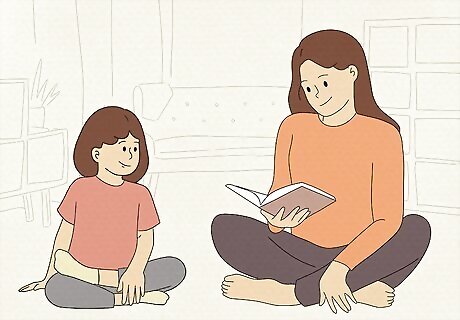
Set a positive example by reading books. If a child notices that you are enjoying a book, he will be more likely to develop an interest in reading as well. Try to read around them for about 20 minutes each day. If the child gets curious about what you're doing you can tell him about the book you are reading, or take the opportunity to ask if the child would like to find a book to read.
Teaching Necessary Skills
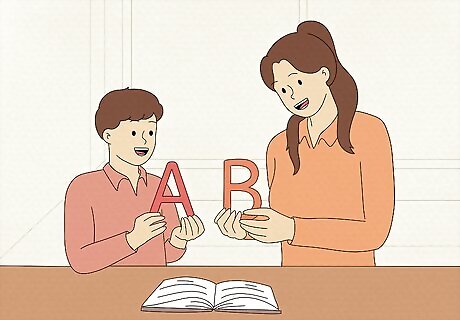
Teach the alphabet. To begin the process of reading the child will need a solid understanding of the alphabet. In addition to singing the alphabet, the child should develop an understanding of letter shapes and sounds. Start with an alphabet book. Make it fun by playing games. You can get some alphabet letters for the fridge, or cut out a bunch of letter shapes and decorate them with objects that begin with each letter. For example, cut out a letter S shapes and have him decorate it by gluing sunflower seeds or applying star stickers.
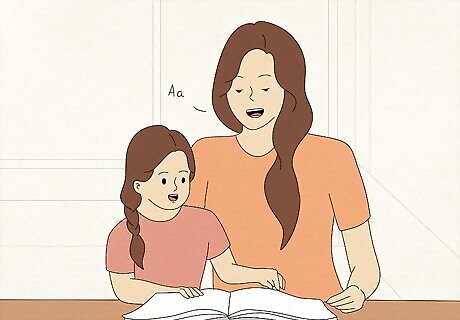
Build phonemic awareness. Phonemic awareness is the process of associating letters or letter shapes with the corresponding sounds. Children will need to learn the 44 sounds made by the 26 letters of the alphabet. You can use a list of phonemes and help the child learn to correlate the sounds with the letters of the alphabet. Teach the child how to pronounce each phoneme. Focus on one letter at a time and teach the child how to pronounce them correctly. Say the letter, then tell him the sound it makes. For example, "the letter A makes an ah sound. Then give him examples of words that start with that sound such as apple or ant. There are a lot of great apps that have fun games to help teach a child phonemic awareness, many of them such as ABC Genius and Build A Word Express are even free to download.
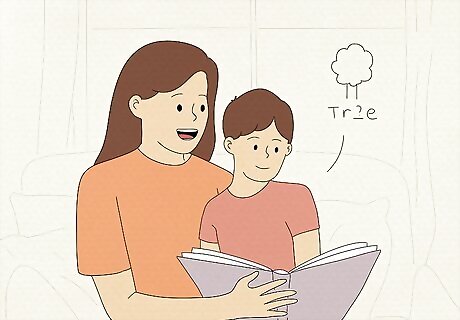
Help the child sound out words. Once the child can identify the first sound of one syllable words, teach him to add the ending. Use a picture to break up the letters and make each individual sound, then ask the child what the word is. This will help him to understand how each of the sounds created by letters will work together to form words. Have the child practice sounding out the words in the same way. Put one syllable words together in a two or three word sentence. Have the child practice reading the sentence by sounding out each word. Try working with some of the pages in the Spot series by Eric Hill. They have many sentences of short, one syllable words. Once he has the hang of sounding out one syllable words, add another syllable. Keep challenging the child to sound out longer words.
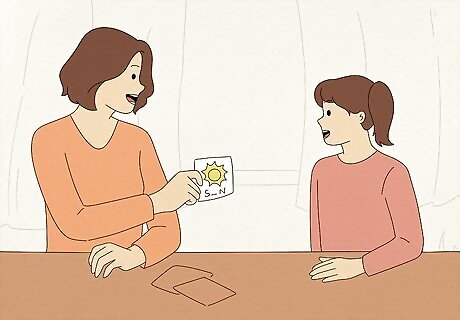
Teach sight words. Sight words are any short, common words that a child will see often. Some examples of common sight words include plant, father, their and here. Many of these words are difficult to sound out. The best way for a child to learn these words is through repeatedly seeing the word in the context of a sentence and alongside the object it represents. There are a number of books that focus on teaching sight words. Often times books with sight words will indicate that on the cover. Use cards with sight words on them and help the child put them alongside the objects they represent. Eventually the child will begin to associate the written word with the object on their own. Use flashcards to teach sight words. Show the child the card and pronounce the word. Spell it out and use it in a sentence. Then go through and have the child say the word, spell the word and use the word in a sentence. Repeat until the child can identify all the cards. Play games to help the child learn, like bingo. Mark the spaces on a bingo board with sight words, then call the words out. The child must identify the word on his card and mark it. Point out word families. Word families are groups of words that rhyme. Make sure the child notices words that rhyme, such as cat, pat, hat. Once, the child sees the words written and hears the similarity of sounds he will begin to identify the at sound and how it appears when written.
Practicing Reading
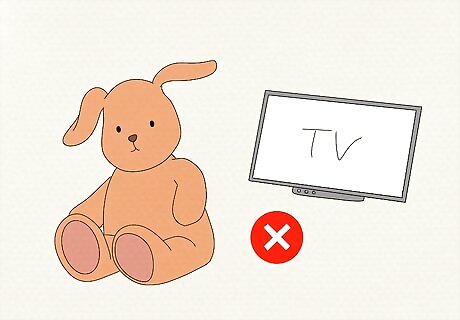
Ensure that the reading area is quiet, free of distractions, and comfortable. Turn off any televisions or electronic devices that could cause the child to lose focus. Put away any toys that might be too tempting to play with.
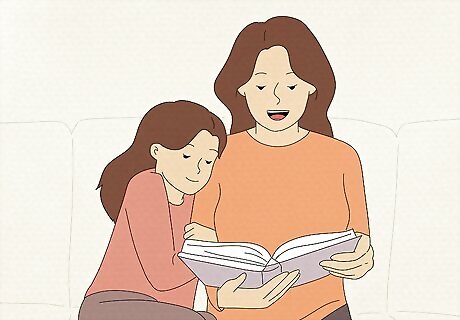
Begin by reading the book aloud. Choose and read aloud a paragraph, or a page of a book. If you start the reading, this helps to set the tone for enjoying the reading activity together. You will also be giving them a good example of fluent reading so the child can hear how the story should sound.
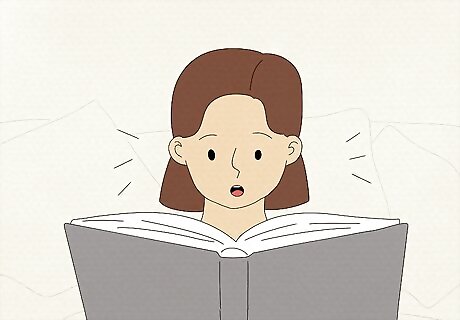
Ask your child to read for you. As your child reads, he will pause on words he is not familiar with. When your child pauses, immediately provide the word for him and let him move on. Underline or circle in pencil the words he initially cannot read. Go back and review any incorrect words and help read the words correctly.
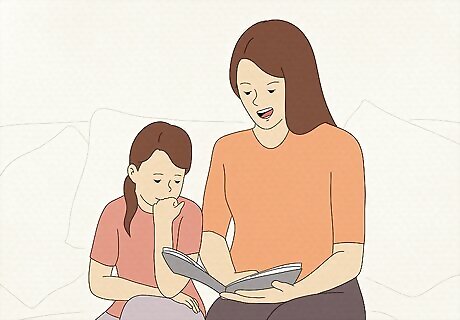
Read the same stories several times. With practice, the child will be able to correctly read more words each time through. By going over the same words again and again, the child will eventually be able to read the story more fluently. The words will be easier to decode and the child will need to stop and sound them out less often.


















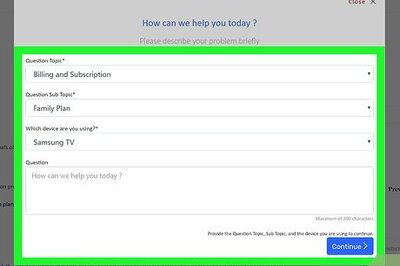
Comments
0 comment